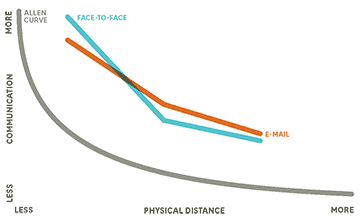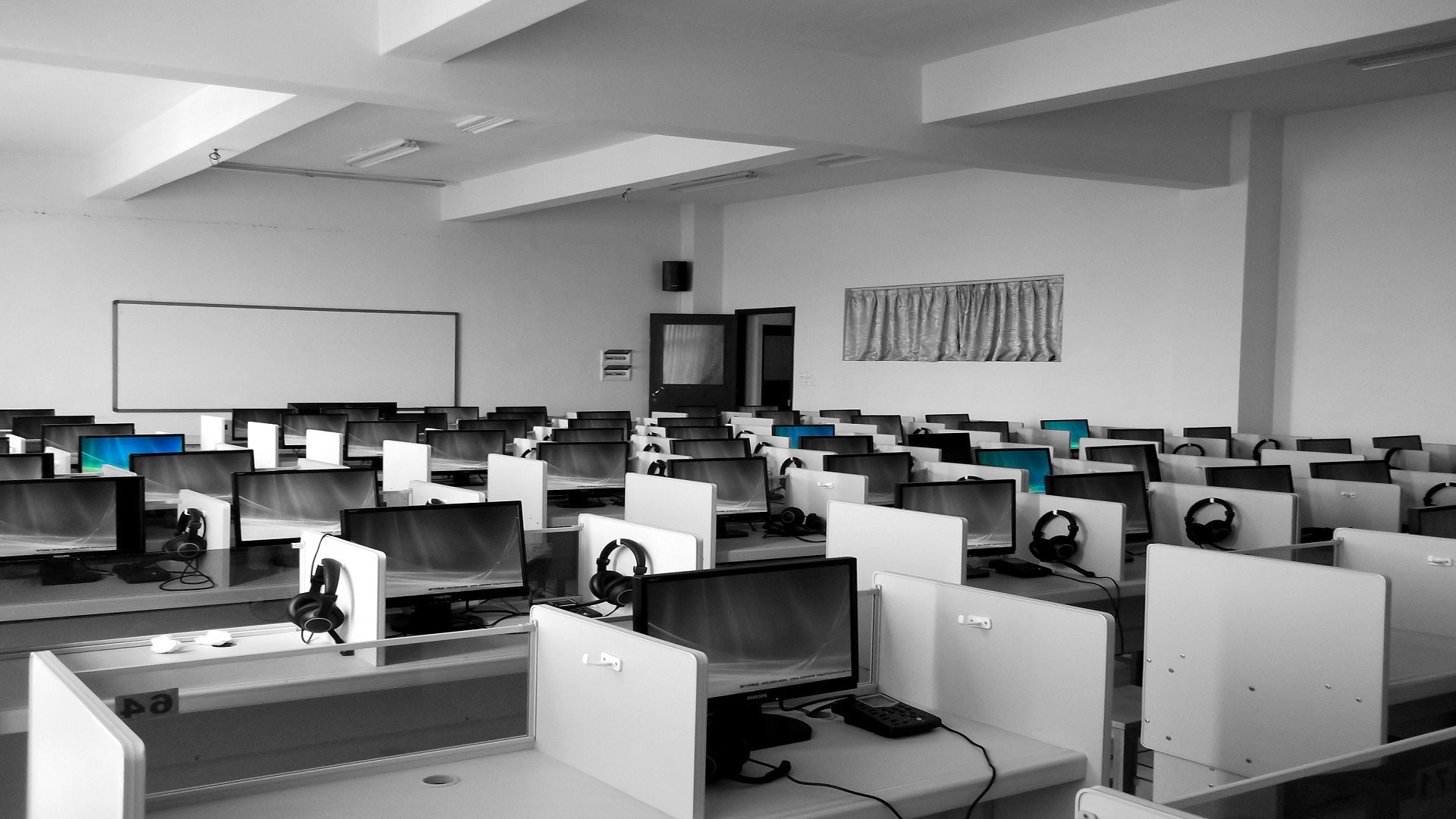
The simple fact is that humans are creatures of habit—we’re not going to go out of our way to reach out to new people. If your team is spread out across a floor or a building, this make sharing information that much more difficult. If redesigning the building isn’t an option, how can you compensate?
- Encourage collisions at the office. Find a reason for people from different teams and departments to bump into each other. Pixar is famous for locating its restaurant, mailroom, and yes, bathrooms in the center of the building, which forces everyone to mingle in one location. This spurs conversations and helps spread best practices through the entire company. Again, you may not be able to design a new building, but look for excuses to bring people together, like having one coffee bar or water cooler where people can mingle.
- Hold regular offsites. Dedicate time to really get to know your colleagues away from the office. This doesn’t mean you need to do trust falls (though you should include some time for fun and socializing). Instead, focus on activities that will help your team work better together back in the office. We’ve paired with Breather to develop tools to plan a productive offsite, from agenda planning to budgeting.
- Arrange coffee dates. Take on the role of matchmaker to have people connect one-on-one. At FreshBooks, they randomly assign groups of two to four people from different departments to meet over lunch or coffee. Not only does this encourage people to talk about what’s going on in their respective lines of work, it also improves relationships between colleagues—and having a “best friend at work” is one of the best indicators of an engaged employee.
- Mix and match teams. Create different groups to address different topics. At Spotify, in addition to cross-functional teams (or squads), they have Tribes, Chapters, and Guilds. Tribes are made up of people who work in a related area, like backend infrastructure, and hold casual meetups to share what they’re working on. Similarly, Chapters are made of individuals on different teams who work in similar roles or departments; they meet regularly to discuss their area of expertise. Lastly, Guilds are “communities of interest,” and anyone can join their events.













